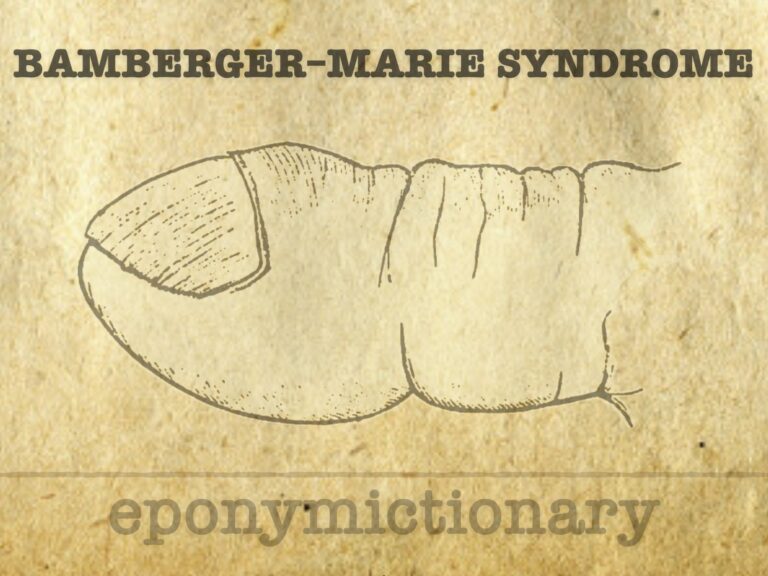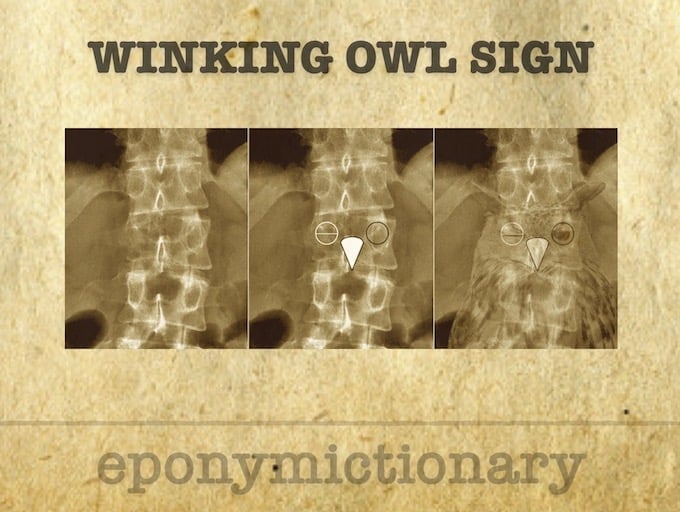
Bamberger–Marie syndrome
Bamberger–Marie syndrome (hypertrophic pulmonary osteoarthropathy): clubbing, bone periostosis, and joint effusions—historically recognised as a paraneoplastic syndrome linked to lung disease.

Bamberger–Marie syndrome (hypertrophic pulmonary osteoarthropathy): clubbing, bone periostosis, and joint effusions—historically recognised as a paraneoplastic syndrome linked to lung disease.

Sister Mary Joseph (Julia Dempsey) (1856 - 1939) was an American Catholic nun, nurse, and hospital administrator. Sister Mary Joseph sign (1928)

One of the first signs of vertebral metastases is disappearance of the pedicle on the AP X-ray. This is known as the 'absent pedicle' or 'winking owl sign'.

Modifications to blood components that can be requested / are performed on products which include washed, phenotype matching etc.

Network Five Emergency Medicine Journal Club Episode 7 - Oncology reviewing papers on frailty screening, Dexmedetomidine and immune checkpoint inhibitors
James Stephen Ewing (1866-1943) Eponymously remembered for describing a new “endothelioma” that would later be known as Ewing sarcoma

Maria Magdalena Dąbska (1921 - 2014) was a Polish pathologist. Dąbska tumor (1969) is the only cutaneous tumour named after a female pathologist.

Dorothy Mabel Reed Mendenhall (1874 - 1964) was an American physician, pediatrician and public health specialist. Reed-Sternberg cells (1902)

Thomas Hodgkin (1798 – 1866) was an English physician and pathologist. Eponym: Hodgkin disease (1832); Key-Hodgkin murmur (1827)

Denis Parsons Burkitt (1911 - 1993) was an Irish surgeon. Burkitt lymphoma (1958)

Reed–Sternberg cells: multinucleate, giant cells found in individuals with Hodgkin lymphoma. Carl Sternberg (1898) and Dorothy Reed (1902)

Febrile neutropaenia (or neutropaenic fever) is defined as: a single temperature measurement >=38.5C, or a sustained temperature >=38C for more than 1 hour; in a patient with a decreased absolute neutrophil count (ANC) of either <0.5 x 109/L, or <1 x 109/L with a predicted nadir of <0.5 x 109/L over the subsequent 48h